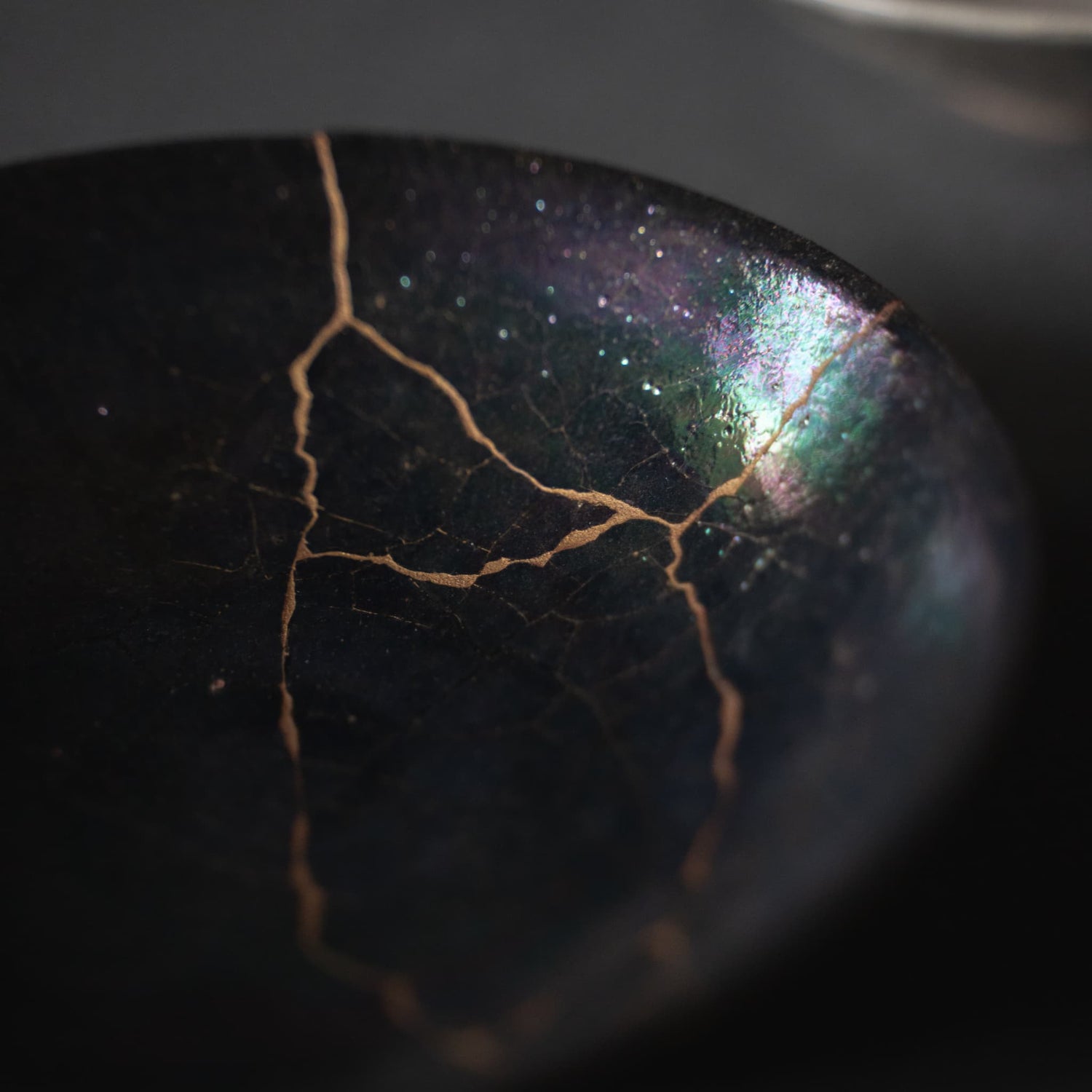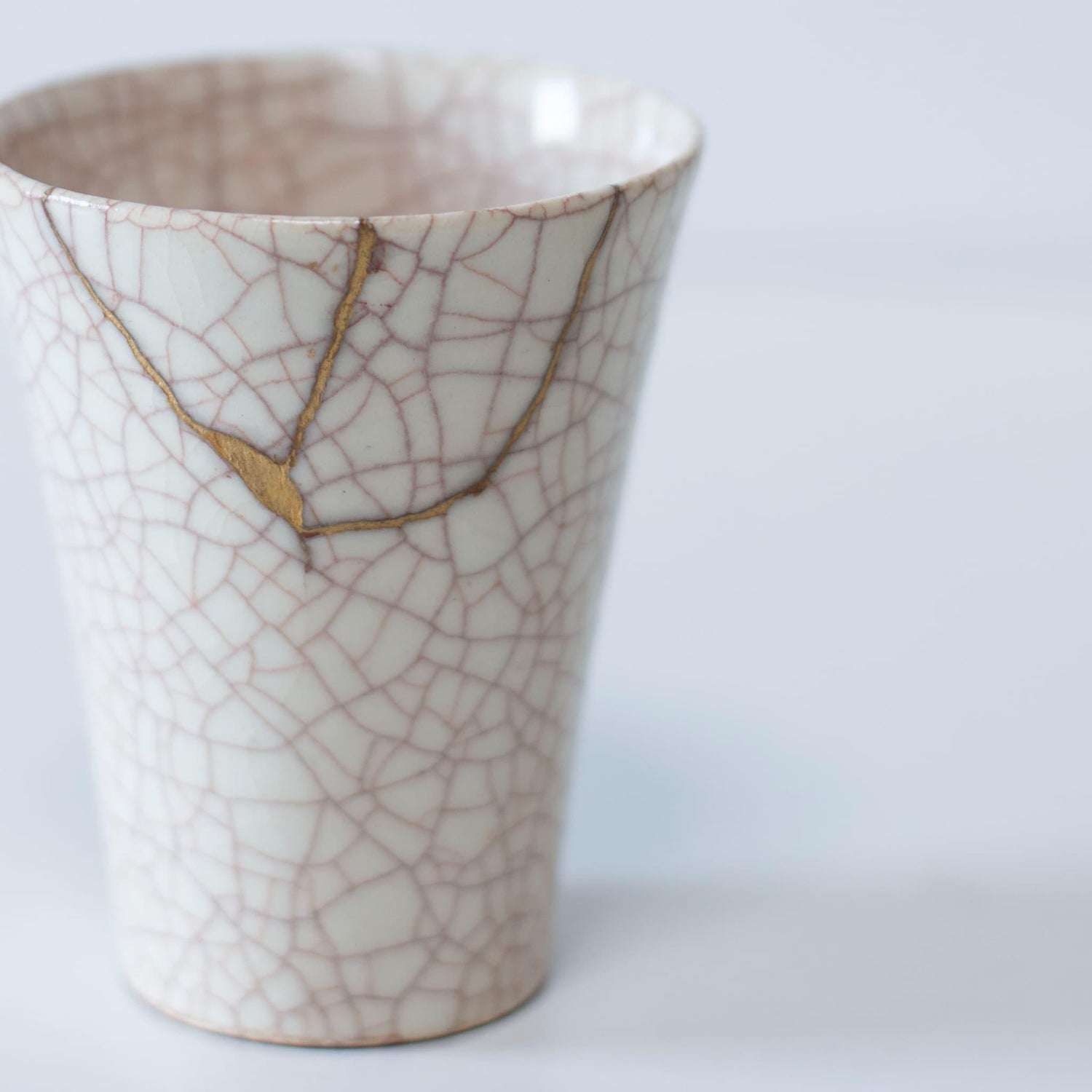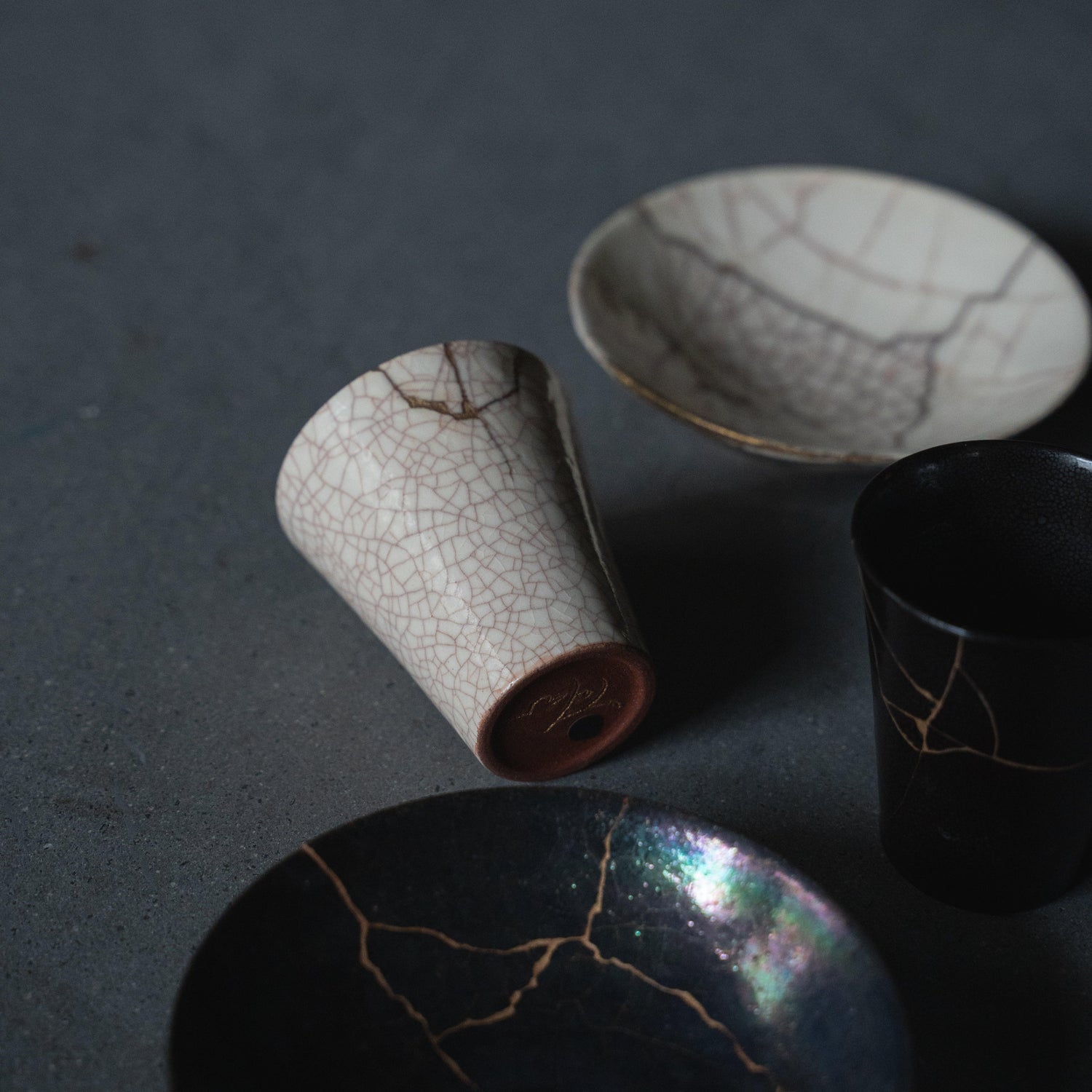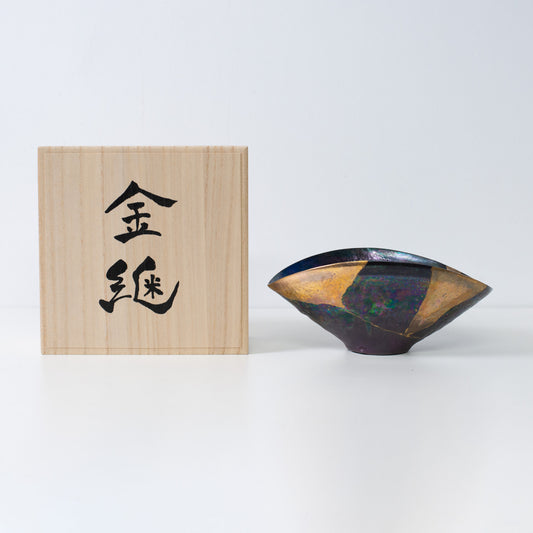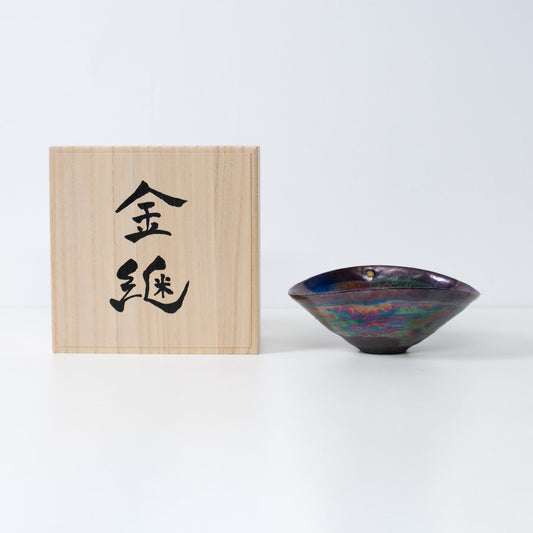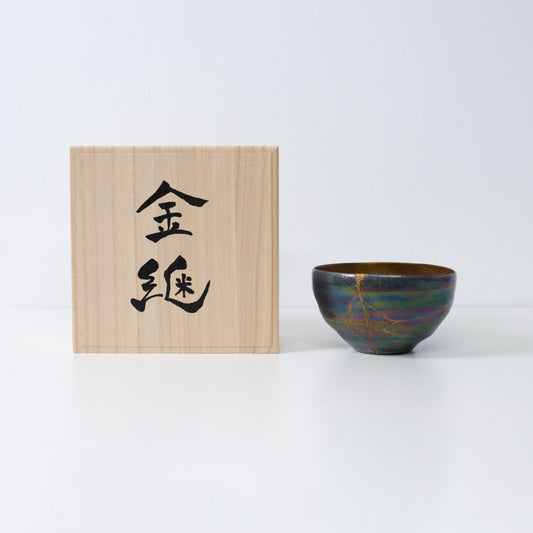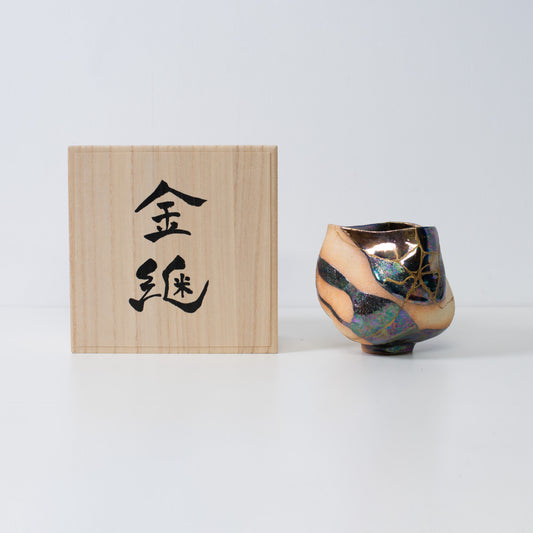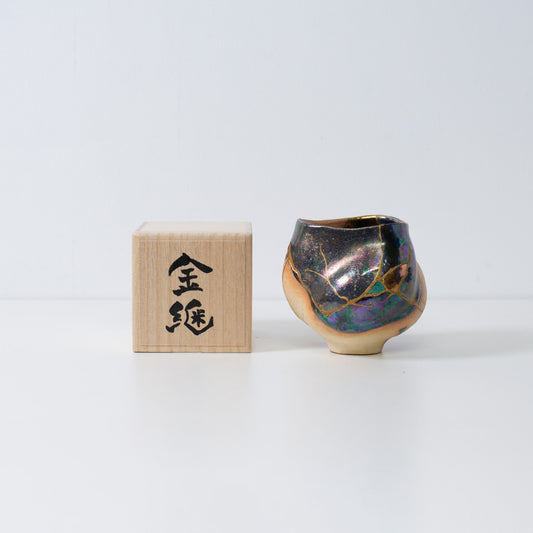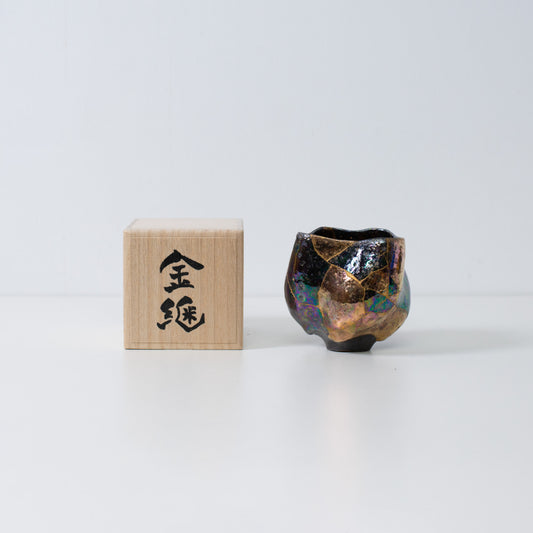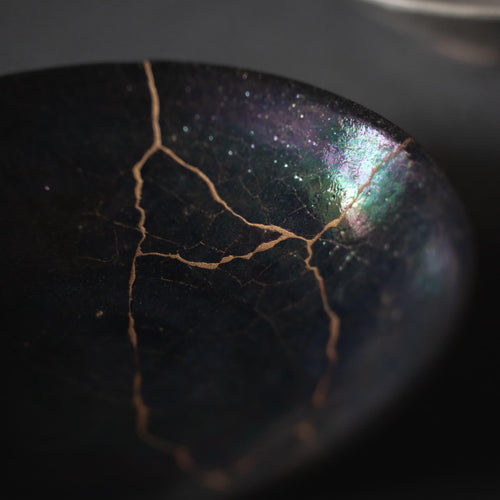
Kintsugi: Healing Hearts & Communities After Disaster
Share
Since ancient times, Japan has experienced its rich natural environment alongside harsh natural disasters. However, the people of this country have not been defeated by disaster, continuing on the path to recovery. One symbol of this resilience is "Kintsugi," a traditional art seen in post-disaster recovery efforts such as earthquakes. Kintsugi is a technique that breathes new life into broken ceramics by repairing them with lacquer and decorating them with gold or silver. This article focuses on support activities through Kintsugi for people whose hearts and lives have been damaged by natural disasters.
Table of contents
Kintsugi and the Noto Peninsula Earthquake

The Noto Peninsula earthquake, which occurred on January 1, 2024, caused significant damage to many homes. Kunio Nakamura (52) of Suginami Ward, Tokyo, himself a victim of this earthquake, had purchased old houses in Suzu City and Wajima City of Ishikawa Prefecture to set up his atelier, all of which were completely destroyed. However, he wanted to do as much as he could for the affected areas and started a call for free "Kintsugi" services on SNS, targeting victims in Ishikawa, Toyama, Fukui, and Niigata Prefectures.
Nakamura said, "I think repairing these pieces is important to keep the memory of this earthquake alive. I want to work on this with the intention of continuing for about ten years."
Utilizing his experience as a victim, he carries out activities to repair broken ware through Kintsugi for free, supporting the emotional recovery of the victims. Nakamura's efforts use Ishikawa Prefecture's lacquer, gold powder, and diatomaceous earth, combining support for local traditional industries with care for the victims' hearts.
Kintsugi Project After the Kumamoto Earthquake

Support through Kintsugi was also offered after the Kumamoto earthquake that struck Kumamoto Prefecture in April 2016. A project to revive broken ceramics from this earthquake was realized eight years later with the support of Wajima City in Ishikawa Prefecture, which suffered in the Noto Peninsula earthquake, and crowdfunding. Wajima City is famous for its Wajima-nuri lacquerware. After the Kumamoto earthquake, potters who had put their hearts and souls into their work experienced the distress of seeing their creations destroyed. Thus, the shards were taken in by Wajima-nuri artisans, not only to be repaired using techniques like Kintsugi but also to be reborn as vessels hosting "new beauty." With a spirit of "Don't let the earthquake defeat us!" and the skill of Wajima-nuri artisans imbued in the ceramics, there is a desire to cheer up the affected areas. Furthermore, by facilitating exchanges between affected potters and artisans, there's a hope to create new craft products, moving towards the future. This project started with such intentions and achieved 140% of its crowdfunding goal.
Kintsugi for Post-Traumatic Growth
In Tome City, Miyagi Prefecture, which became a significant disaster area following the Great East Japan Earthquake in March 2011, workshops combining the technique of Kintsugi and the concept of Post-Traumatic Growth (PTG) are being utilized by international NGOs to aid in the emotional recovery of disaster survivors. These workshops care for people whose hearts seem to be shattered by disasters, wars, and even everyday life traumas, likening the care to how Kintsugi transforms cracks and chips into new beauty and strength, supporting participants in finding new values and strengths through their experiences.
Support activities through Kintsugi heal the hearts of those hurt by natural disasters and revive lost beauty, providing hope for recovery. The technique and its underlying philosophy, along with Japan's aesthetic sense, teach us the strength to overcome adversity and move towards a new beginning.


